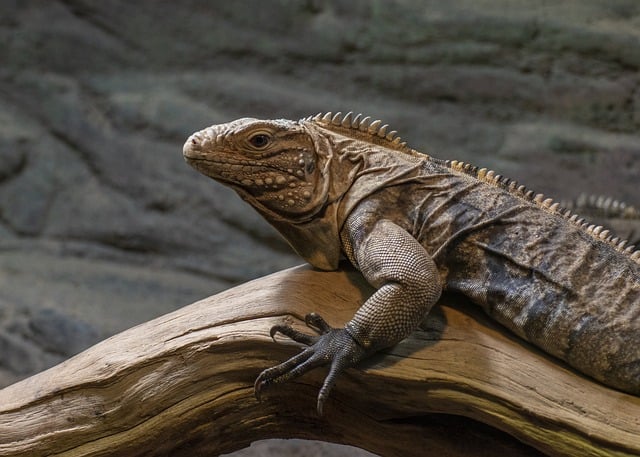Reducing packaging 120ml pet bottle suppliers and decreasing waste are 2 big components of sustainable packaging. And when carried out properly, they result in more efficient storage, so you can limit the space needed to house your products (hence decreasing storage expenses), or open up additional space to store more merchandise. Educate your customers on the best methods to recycle and dispose of your packaging materials. This step can be a little challenging because recycling varies from city to city. But you can share general finest practices by plainly identifying recyclable or recyclable packaging.
Reducing your ecological footprint can be as simple as reducing the packaging materials you utilize. This implies using smaller boxes, bags, and containers for your products. Not just does this assistance you be more sustainable, it can also decrease your shipping costs. Reducing the size of your deliveries begins with buying smaller packing products and using fewer filler materials.
Compostable packaging is an increasingly popular kind of sustainable packaging. It safeguards food similarly to regular packaging, displaying the homes and strength of traditional materials, however it breaks down fully in the ground into advantageous natural garden compost. Sustainable packaging is any type of environment-friendly material used to wrap, store, ship or shelve products.
Plastic is a really useful material for getting our products to customers securely and efficiently. It’s often the lowest carbon footprint option compared to other materials. Nevertheless, plastic is winding up in our environment. This has to stop. Global research study has revealed that without action, two times as much virgin plastic will be created and 4 times more plastic might flow into our oceans by 2040. The plastic we produce is our obligation. It’s clear we should minimize the quantity of virgin plastic we use and entirely reassess our approach to packaging. We must also keep plastic in use for as long as possible in a circular loop system. That indicates we require better systems to collect, process and consistently recycle it.
Plantable packaging is precisely what it seems like: these are bundles or materials that you can plant. Plantable packages have seeds embedded in them, so your customers can plant them after they’ve been used. Plantable packaging works terrific for containing little and lightweight items such as cosmetics or jewelry. They can likewise be used as fillers or product covers.
With plastic waste continuing to build up in landfills and in our oceans, threatening wildlife, tackling plastic contamination has never ever been so pressing. It is an urgent concern for us and a responsibility we take seriously. We are accelerating our actions to tackle the plastic waste issue and are dedicated to making a considerable distinction everywhere we operate. We are making progress however there is far more to come. We want to be a leader in this space.
Sometimes a complete rethink of how we design and plan products is the best method to decrease plastic. Reducing the amount of material in a product by just a couple of grams can make a big distinction across an entire product variety. Over the last years we’ve currently cut the weight of our packaging by a fifth through better and lighter designs.
Recycled packaging is a fantastic method to extend the life of previously used materials. When selecting boxes, mailers, or containers, consider using packaging that’s made out of recycled materials. Paperboard cardboard is one of the most typical examples of recycled packaging. Paperboard is created using used paper pulp; it’s also light-weight and can quickly be cut and formed, making it ideal for shipping boxes.
While we are pursuing recycling alternatives where possible, we understand that 100% recyclability might not suffice to deal with the plastics waste problem. Building on our dedication to making 100% of our packaging recyclable or recyclable by 2025, we aim to lower our use of virgin plastics by one-third in the very same timeframe. We will do so by transforming our packaging and by accelerating the advancement of ingenious packaging solutions. Our packaging innovations and renovations will assist us improve the design for recycling and our total environmental performance.
Plant-based alternatives are quickly making inroads into the world of product packaging. As its name suggests, these materials are constructed of biological sources– whatever from mushrooms and seaweed to corn and food waste. The ideal plant-based packaging alternatives will depend upon the products that you need to package or deliver. If you’re selling food, for instance, then you need to ensure that the material can protect your product without impacting its taste (bioplastics are an excellent solution for this). If you’re shipping bulkier products, then choose durable plant-based materials such as packaging constructed out of cornstarch and mushrooms.
Subscribe to Updates
Get the latest creative news from FooBar about art, design and business.
